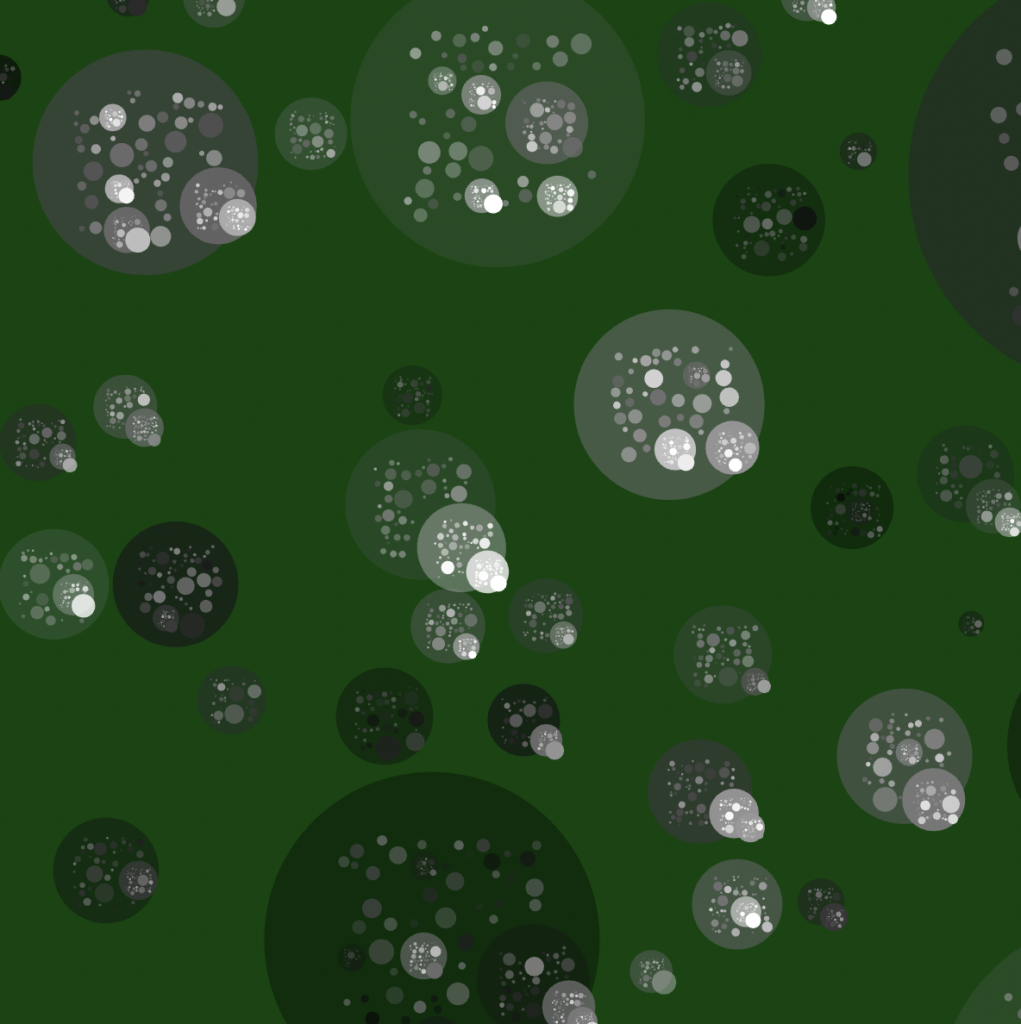
The key to the S-FEM lies in how one performs the strain operations.

The formulation of S-FEM can be based either on smoothed weakform or the W2 form.

In S-FEM, the field function interpolation is based on elements (as in the FEM), but it uses smoothed strains to construct numerical models, and hence no integration is needed for the weakform. This has led to the recent development of the S-FEM that combines the existing standard FEM and the existing strain smoothing techniques used in meshfree methods ( Liu and Trung, 2010). The idea of combining the meshfree techniques with the FEM therefore seems like an attractive proposition. The meshfree method can be computationally more expensive compared to the well-established FEM.


 0 kommentar(er)
0 kommentar(er)
